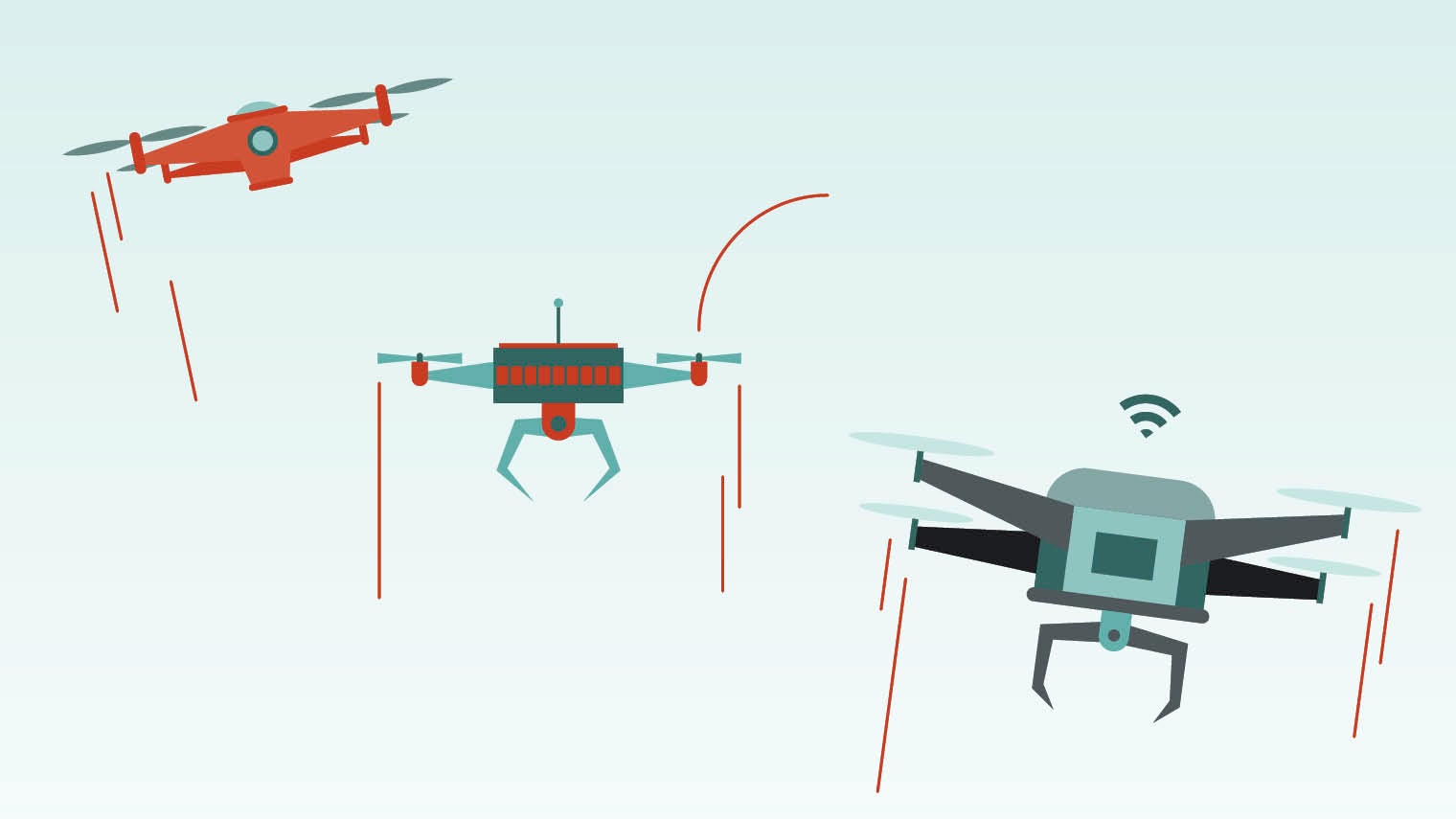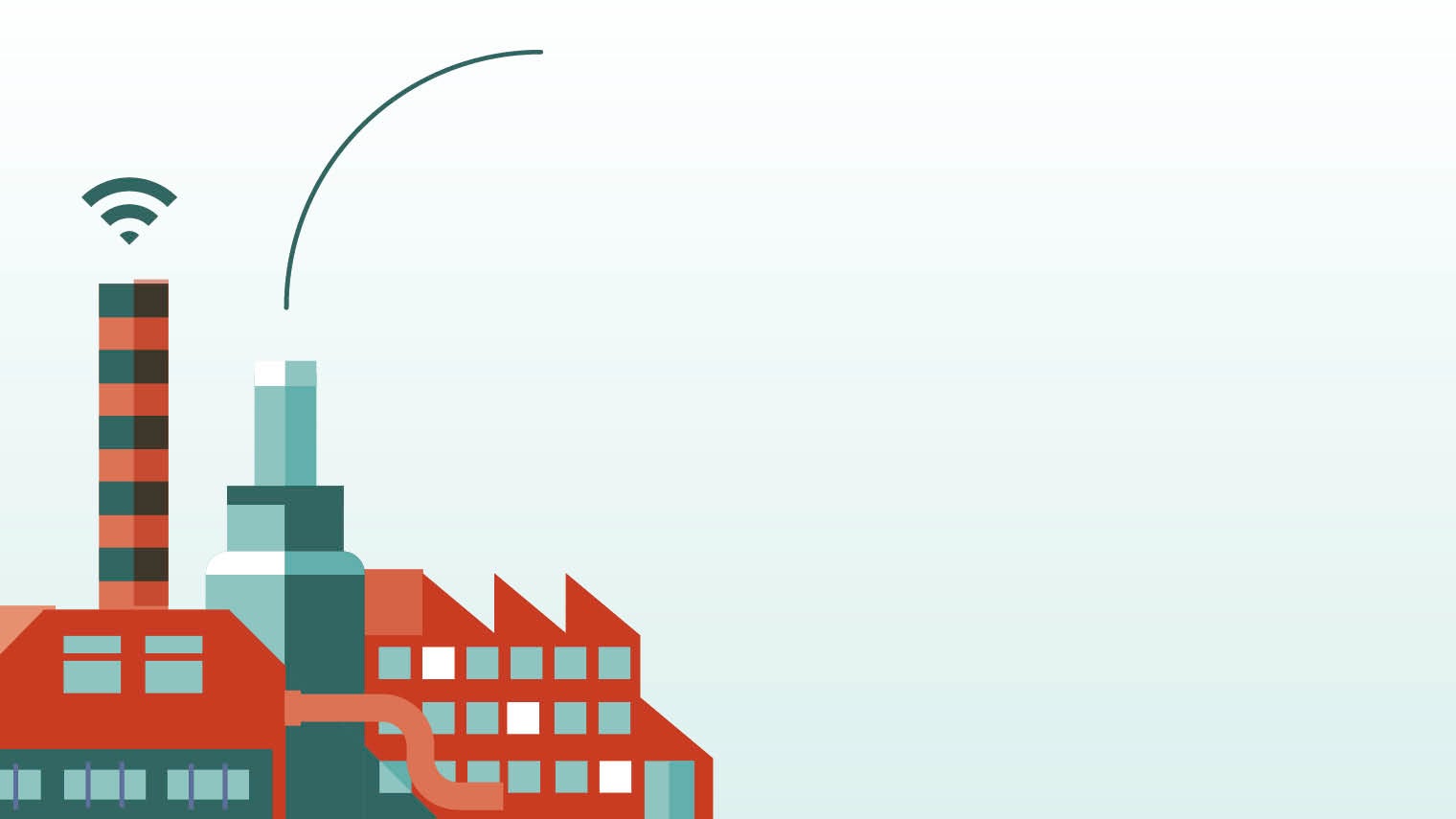The growth of the internet of things (IoT) is drastically changing how consumers interact with their cars, homes and appliances, but the aptly named second digital revolution has major implications for industry too. From machine-learning, machine-to-machine communication to artificial intelligence, the industrial internet of things (IIoT) takes IoT technologies and directly applies them to industrial concerns and in the process improves efficiency and productivity.
While consumer-focused IoT solutions have dominated headlines in recent years and the relatively long life cycles of industrial equipment has limited growth in this sector so far, major firms and manufacturers are beginning to embrace IIoT on a big scale, attracted by the opportunity to drive down costs and increase competitiveness.
Developments in the IIoT environment over the next few years can be expected to increase adoption further, leaving few companies ignoring its future, with a survey by software company Infor finding that 52 per cent of manufactures believe IoT is a priority for their business.

Smart dust
The concept of tiny sensors the size of a grain of sand, with the ability to detect everything from chemicals to vibrations, was first thought up in the early-1990s, but little progress was made in the following years turning this intriguing idea into a reality. However, interest in this nascent technology has grown recently, with research firm Gartner predicting smart dust will trend in the next five to ten years.
Applications of these connected smart dust particles in the IIoT are virtually endless, from oil exploration companies spreading smart dust to monitor rock movements to small sensors all over factory equipment continually looking out for changes and problems.
At the moment smart dust sensors are still out of reach, primarily due to the difficulty in miniaturisation and the prohibitive cost of producing huge quantities. However, they are slowly but surely becoming cheaper to manufacture, so it may not be long before billions upon billions of miniscule smart dust particles populate the world.

Drones
Unmanned aerial vehicles, or drones, have quickly become one of the most talked about products in the tech space, thanks to their many useful applications. In the near future these machines could play a significant part in the IIoT by acting as either a sensor or by providing a connection between sensors and data collection points.
Drones may not yet be seen as a fully fledged connected IIoT device, but they can carry all range of sensors and are autonomous machines capable of gathering massive amounts of valuable data. Construction companies can use drones to undertake daily land surveys and feed this data into software to ensure construction is on schedule and send an alert if anything looks out of place or improperly built.
But drones are no mere data collectors, with the devices potentially being able to quickly act on the data they collect and communicate with other drones in the IIoT to work together to overcome problems.

Futuristic farming
Far from the factory floor, in countless farms around the world, is where the IIoT could make the biggest difference. Utilising the latest technologies is nothing new for the agriculture industry, but implementing smart, connected IIoT projects enables farmers to make use of the massive amounts of data generated on their farms.
The large size of many farms makes manual surveys ineffective and difficult, leading farmers to turn to IIoT solutions. Oyster farmer Ward Aquafarms, with the help of telecoms firm Verizon, deployed an IIoT program to maximise productivity and ensure the quality of food in the supply chain, using satellite imaging and IIoT track-and-trace technology to monitor farming operations all the way from harvest to delivery.
“Agriculture presents perhaps the perfect business case for IoT implementation, so we are likely to see a much greater extension of its applications over the next five years,” says Tony Judd, managing director for Verizon in the UK. “In areas like precision agriculture, real-time data about soil, weather, air quality and hydration levels can help farmers make better decisions about the planting and harvesting of crops.”

Aerospace
Aerospace companies have mainly introduced IIoT solutions on the factory floor for tracking tools and parts, with some beginning to expand the number of on-board IoT devices. An aeroplane that knows when it’s going to encounter maintenance problems before they actually happen would save a significant amount of man-hours and money for airlines.
Taleris, a joint venture by General Electric and Accenture, is at the forefront of developing IoT solutions for airlines, aimed at minimising delays and disruptions by analysing data collected from sensors on aeroplanes.
Uptake of these IoT technologies in the aerospace sector has been slow, as cost-savings are not easy to estimate, but as the benefits of these systems become apparent, interest from airlines will grow. The widespread usage of analytics programs that have the ability to monitor aircraft proactively not only improves turnaround times for airlines but also helps meet customer needs more effectively.

Energy networks
Energy companies can expect to see their operations fundamentally altered when IoT is fully embraced in their sector. Spikes in energy consumption around major TV broadcasts and weather events have long troubled utility firms. But with effective energy demand management through the IIoT, the need for investment in both energy networks and power plants is reduced.
Smart meters are one example of the industry’s move towards IoT technologies, although at the moment they only record usage amounts and timings. Utility firms could potentially provide price information to these meters, which could in turn interact with other IoT devices to use energy at the most efficient time.
New oil and gas pipelines are fitted with sensors that detect leaks and alert repair teams, so issues are fixed before they can cause problems and the number of blackouts and brownouts are kept to a minimum. Any improvements the IoT can achieve in energy supply management will become increasingly valuable as utility companies look for the most effective ways to deal with multiple energy sources in a decentralised network.

Smart dust

